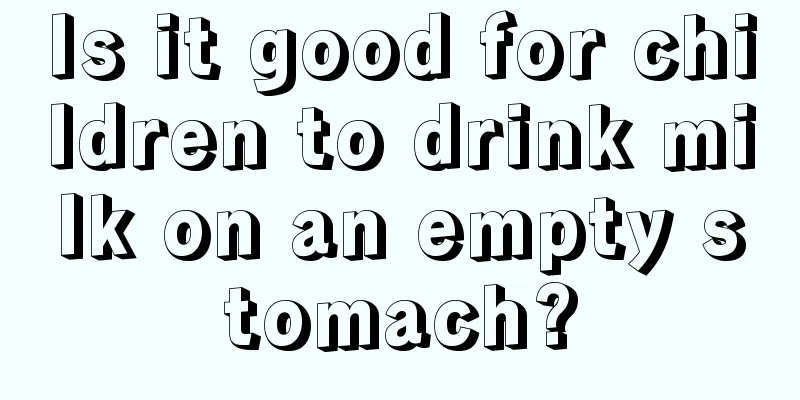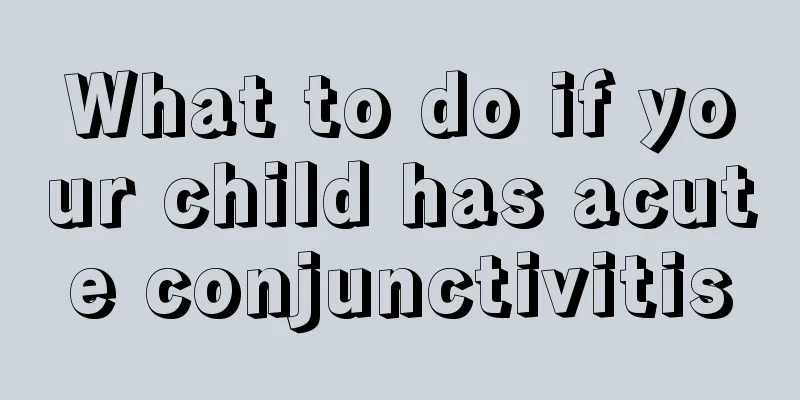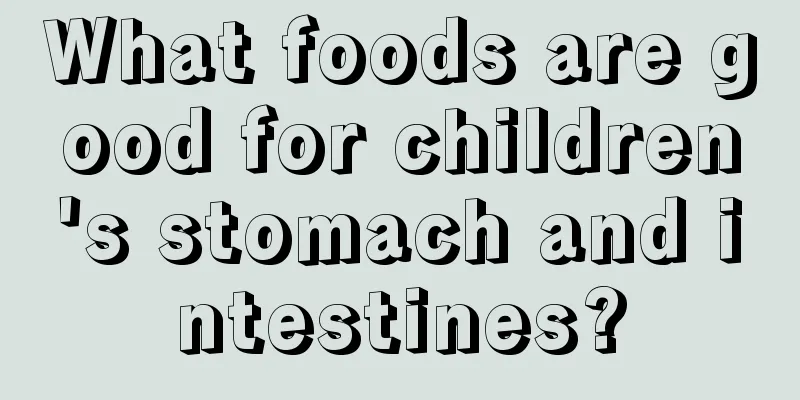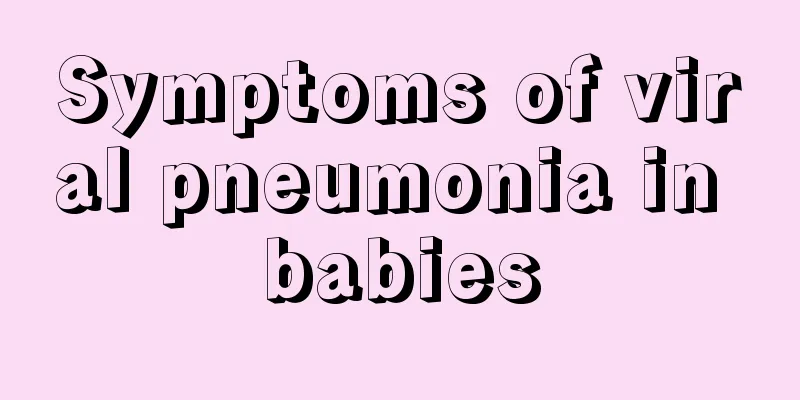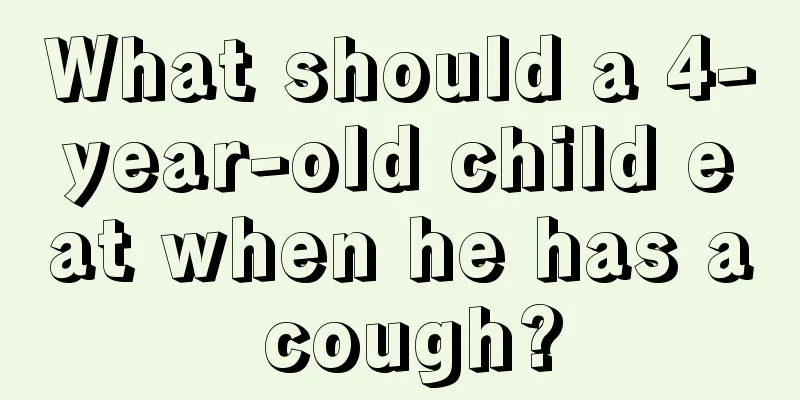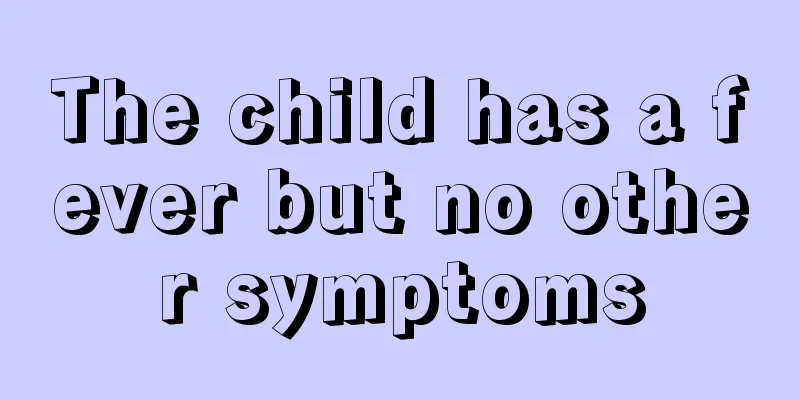Introduction to childhood pneumonia

|
Pneumonia in children. We have introduced many issues about this disease to you before. This disease can be said to be relatively serious. In today's life, many people do not receive timely treatment after getting pneumonia, which results in lung cancer. Lung cancer is a very difficult disease to treat. So, dear patients, if our baby has this disease, we should go to the hospital for treatment as soon as possible. Pneumonia is a common and frequently occurring respiratory tract infection in infants and young children. Modern medicine divides diseases into types such as pneumococcal pneumonia, bronchopneumonia, interstitial pneumonia, bronchiolitis pneumonia, aspiration pneumonia, and mycoplasma pneumonia. Traditional Chinese medicine belongs to the categories of "rheumatism", "lung wind and phlegm asthma", "heat and shortness of breath", etc. The clinical features of pneumonia are fever and cough, often accompanied by shortness of breath, rapid breathing, flaring of the nasal wings, wheezing, and in severe cases, cyanosis around the mouth and fingers and toes may also occur. In addition, there may be irritability or drowsiness, vomiting and diarrhea. These symptoms may appear suddenly or may be preceded by a mild upper respiratory infection for several days. To treat this disease, it is necessary to differentiate the symptoms and find out the cause, treat the symptoms and the root cause, prevent infection and enhance disease resistance. At present, pneumonia is generally classified by four methods: pathological morphology, pathogens, course of disease and severity of the disease; (1) Pathological classification: lobar pneumonia, bronchopneumonia (lobular pneumonia), interstitial pneumonia and bronchiolitis. (2) Classification of pathogens: bacterial pneumonia, viral pneumonia, fungal pneumonia, mycoplasma pneumonia, rickettsial pneumonia, protozoal pneumonia and aspiration pneumonia. (3) Disease course classification: acute pneumonia (within 1 month), protracted pneumonia (1 to 3 months) and chronic pneumonia (more than 3 months). (4) Classification of illness: Mild: The illness is mild. Except for the respiratory system, other systems are only slightly affected. There are no obvious symptoms of poisoning in the whole body. Severe case: The condition is serious. In addition to the serious involvement of the respiratory system, other systems are also affected, and symptoms of systemic poisoning are obvious. Clinically, if the pathogen is clear, it is classified according to the cause and named after the pathogen to guide treatment; otherwise it is classified according to pathology. Among them, the diagnosis of bronchopneumonia is most commonly used in clinical practice. The above is a detailed introduction to the treatment and prevention methods of childhood pneumonia. We hope that mothers can treat this disease of childhood pneumonia. Respiratory tract infection is a common and frequently occurring disease in young children. There are many treatments for this disease. I hope all mothers can keep them in mind. |
<<: Introduction to migratory phlebitis
>>: There are several treatments for pseudomyopia in adolescents
Recommend
Baby takes medicine and has green stool
For some babies, after taking medicine, some side...
Can children use adult eye drops?
Generally speaking, medicines are universal, whic...
What should I do if my baby’s upper eyelids droop?
It is said that eyes are windows to the soul, and...
What medicine is good for children with excessive eye mucus?
Children usually have dirty hands, and they may r...
What is the cause of convulsions caused by fever in children?
Parents are extremely concerned about their child...
What to do if your child has fecal incontinence
Children's health is the biggest concern of p...
The baby's jaundice has not subsided after 42 days
If the baby's jaundice has not completely sub...
What to do if a child has abdominal effusion
Young children's bodies are very fragile and ...
Why does my child's foot hurt?
Children are more active by nature, and parents d...
What causes black lines in baby’s stool?
Babies are more likely to have gastrointestinal p...
How old can babies brush their teeth?
Brushing teeth is a good habit for our dental hea...
What to do if your baby has a runny nose in summer
You need to pay attention to a runny nose in the ...
How to adjust the diet of a one-year-old baby with poor appetite?
In society, babies who are formula-fed at four mo...
How to deal with a hard lump behind the baby's ear
Raising a baby who can't speak or do anything...
What causes baby's eye swelling?
People should know that baby's eye edema is a...
